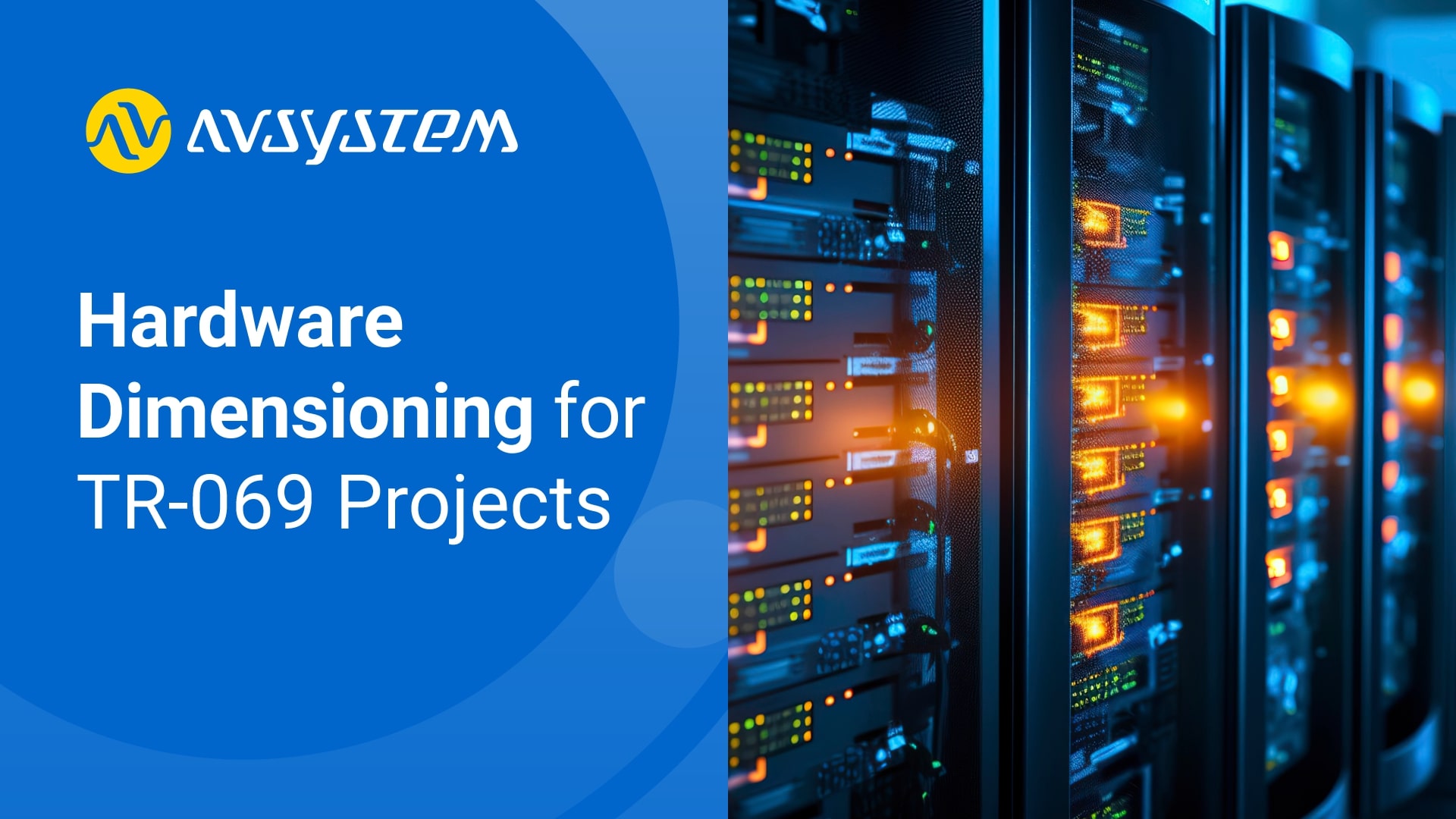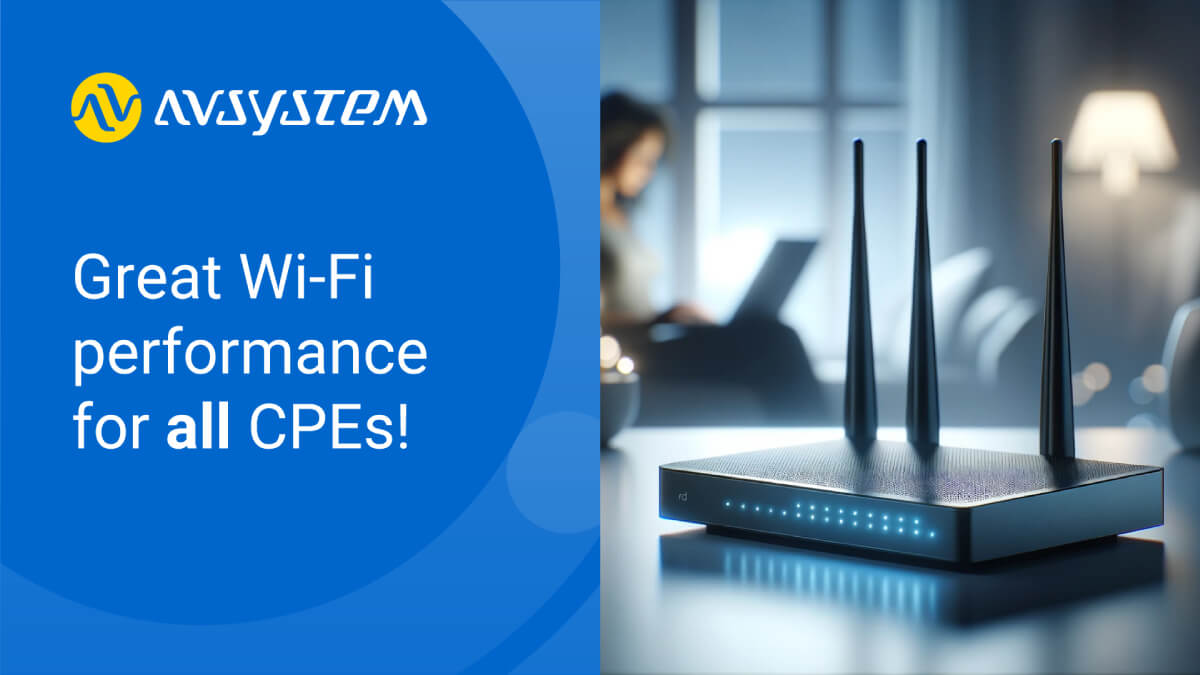Hardware Dimensioning for TR-069 ACS Servers: Factors and Considerations

The TR-069 ACS server plays a critical role in managing customer-premises equipment (CPE) devices and ensuring optimal network performance. To effectively manage a large number of devices, it is essential to dimension the hardware resources of the ACS server correctly. This article will discuss various factors that influence hardware sizing for TR-069 ACS servers, including the number of connected devices, monitored parameters, USP/TR-369 protocol usage, NAT considerations, and the number of users on the platform. Additionally, we will touch upon the importance of considering architecture for geo-redundancy and high availability.
Number of Connected Devices
One of the primary factors influencing the hardware sizing of a TR-069 ACS server is the number of connected devices. The server must be capable of handling connections, processing requests, and storing data for all managed devices. As the number of connected devices increases, so does the requirement for CPU, memory, and storage resources.
Number of Monitored Parameters
The number of parameters monitored on each device also impacts hardware sizing. More monitored parameters require additional processing power and storage to handle the increased data volume. Network administrators should carefully consider the specific parameters they need to monitor and optimize the server resources accordingly.
USP/TR-369 Protocol Adoption
The introduction of the USP/TR-369 protocol offers additional functionality and improvements over the TR-069 standard. However, implementing USP/TR-369 may require more resources due to its increased feature set and real-time communication. If a significant number of devices use the USP/TR-369 protocol, the hardware requirements for the ACS server may be higher.
NAT and Connection Request Considerations
When devices are behind a NAT (Network Address Translation) and require STUN (Session Traversal Utilities for NAT) or XMPP (Extensible Messaging and Presence Protocol) for connection request functionality, the ACS server's resource requirements may increase. This is due to the additional processing needed to establish and maintain communication with devices behind NAT, keeping the connection active over TCP or UDP.
Number of Platform Users
The number of users accessing the ACS server platform can also impact hardware sizing. More simultaneous users may require more processing power and memory to handle the increased load. Network administrators should consider the peak usage periods and ensure that the ACS server has sufficient resources to manage the traffic.
Architecture: Geo-Redundancy and High Availability
For organizations with high uptime requirements or geographically distributed networks, additional considerations should be made for geo-redundancy and high availability. These architectural considerations can require more robust hardware and network resources to ensure minimal downtime and maintain performance across multiple locations.
Summary
Dimensioning the hardware resources for a TR-069 ACS server is crucial to ensure efficient management of CPE devices and maintain optimal network performance. Factors such as the number of connected devices, monitored parameters, USP/TR-369 protocol usage, NAT considerations, and the number of platform users all play a role in determining the appropriate hardware sizing. Additionally, considering the architecture for geo-redundancy and high availability can further enhance the system's reliability and performance. By carefully assessing these factors and planning the server resources accordingly, network administrators can create a robust and scalable ACS server infrastructure.
Recommended posts
- Understanding CPE Requirements for Optimizing Smart Wi-Fi Performance
- Why choose open standards for WiFi service assurance?
- Solving Key Challenges of Fritz!Box Users With Cloud ACS
Subscribe to stay in the loop with all our latest content:
Recommended posts





